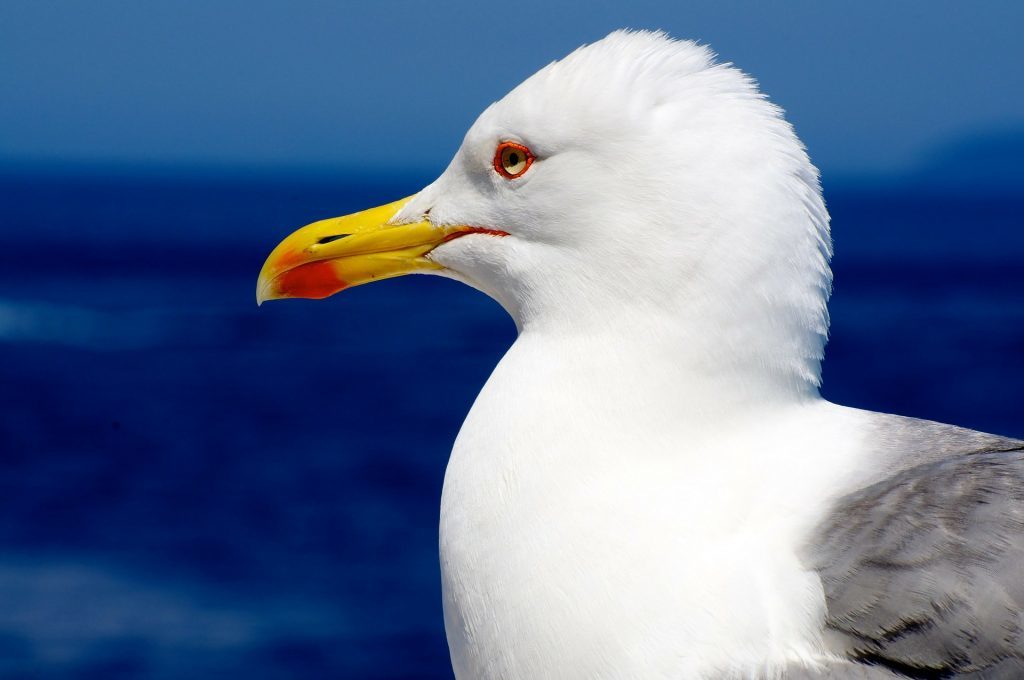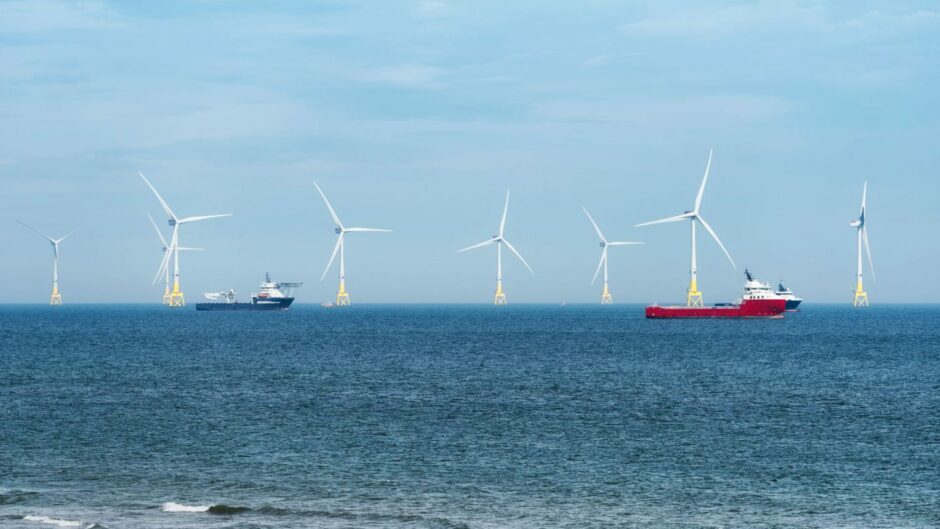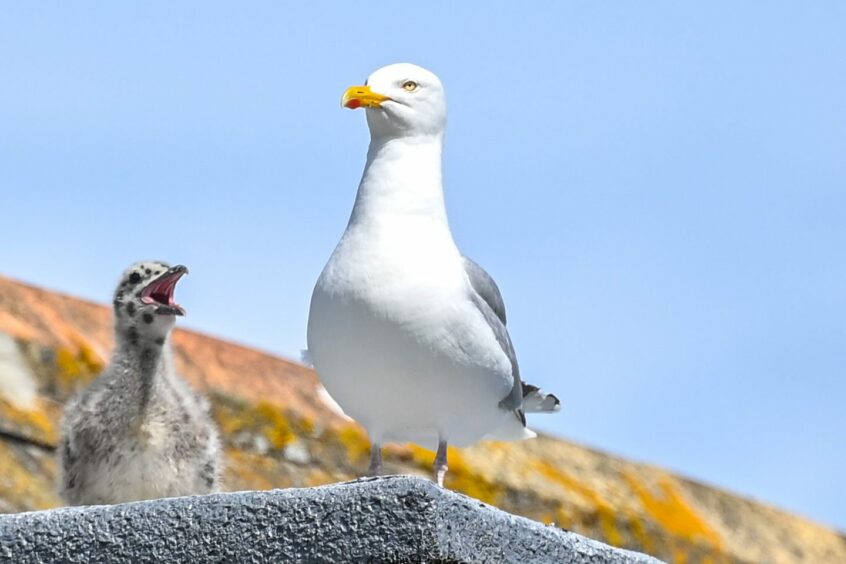
There were zero seabird collisions with turbines during two years of monitoring Aberdeen Offshore Wind Farm, a £2.6 million research project has found.
Swedish renewable energy giant Vattenfall, which operates the wind farm, said today there were not even any narrow escapes.
Avoidance behaviour among different seabird species varies from just 33ft to nearly 500ft from wind turbine rotor blades, the study found.
This is groundbreaking research that will significantly change our understanding of how seabirds behave around offshore wind farms.”
Robin Cox, environmental specialist, Vattenfall
Vattenfall said cutting-edge radar and artificial intelligence were used to track birds and their flight paths around the wind farm, producing information in 3D for the first time.
The wind farm also known as the European Offshore Wind Deployment Centre (EOWDC), comprises 11 turbines just off the coast of Aberdeen.
Vattenfall said its seabird study was one of the largest programmes of its kind in the world.
It produced data about the flying patterns of kittiwakes, herring gulls, black-backed gulls and gannets around the wind farm.
RSPB provided “valuable advice” during the course of the project, the company said.
There was also input from a panel of experts representing NatureScot, the Joint Nature Conservation Committee and Marine Scotland Science.
Vattenfall hailed the research findings as “remarkable”.
Robin Cox, an environmental expert with the firm, said: “We need to reduce emissions and build clean energy infrastructure in ways which protect and conserve wildlife.
“This is groundbreaking research that will significantly change our understanding of how seabirds behave around offshore wind farms.
“The fact that no collisions or even near misses were recorded in two years of recording, along with so much information about the reaction of individual species means we should be able to more confidently consent wind projects while protecting the UK’s internationally important seabird populations.”
Birds flying towards the wind farm activated cameras generating 3D flight tracks and video footage.
This was used to identify the species of bird as they moved through the wind farm, as well as monitor whether they altered their flight path around the turbines.
No collisions or even narrow escapes were recorded across more than 10,000 bird videos.
Avoidance action
Vattenfall said nearly all species of tracked seabirds, including all three species of large gulls, avoided turbine blades by adjusting their flight paths.
Of those birds that came within 33ft of the zone swept by the blades, more than 96% adjusted their flight paths to avoid collision, often by flying parallel to the plane of the rotor, the company added.
Kittiwakes displayed avoidance behaviour from around 492ft from the rotors, commuting herring gulls from about 328ft and feeding herring gulls from 230ft.
Most gannets and small and large gulls showed a “strong tendency” to avoid flying into the area swept by the turbine blades, Vattenfall said.
The firm added its findings may help speed up the consenting process for offshore wind farms.
In future, proposals will be backed up by “more accurate information about the risk of bird collisions using realistic values for flight speed, orientation and altitude”, it said.
Research was focused on seabird flight behaviour during the breeding period and post-breeding period (April-October) when bird densities are highest in the Aberdeen area.


